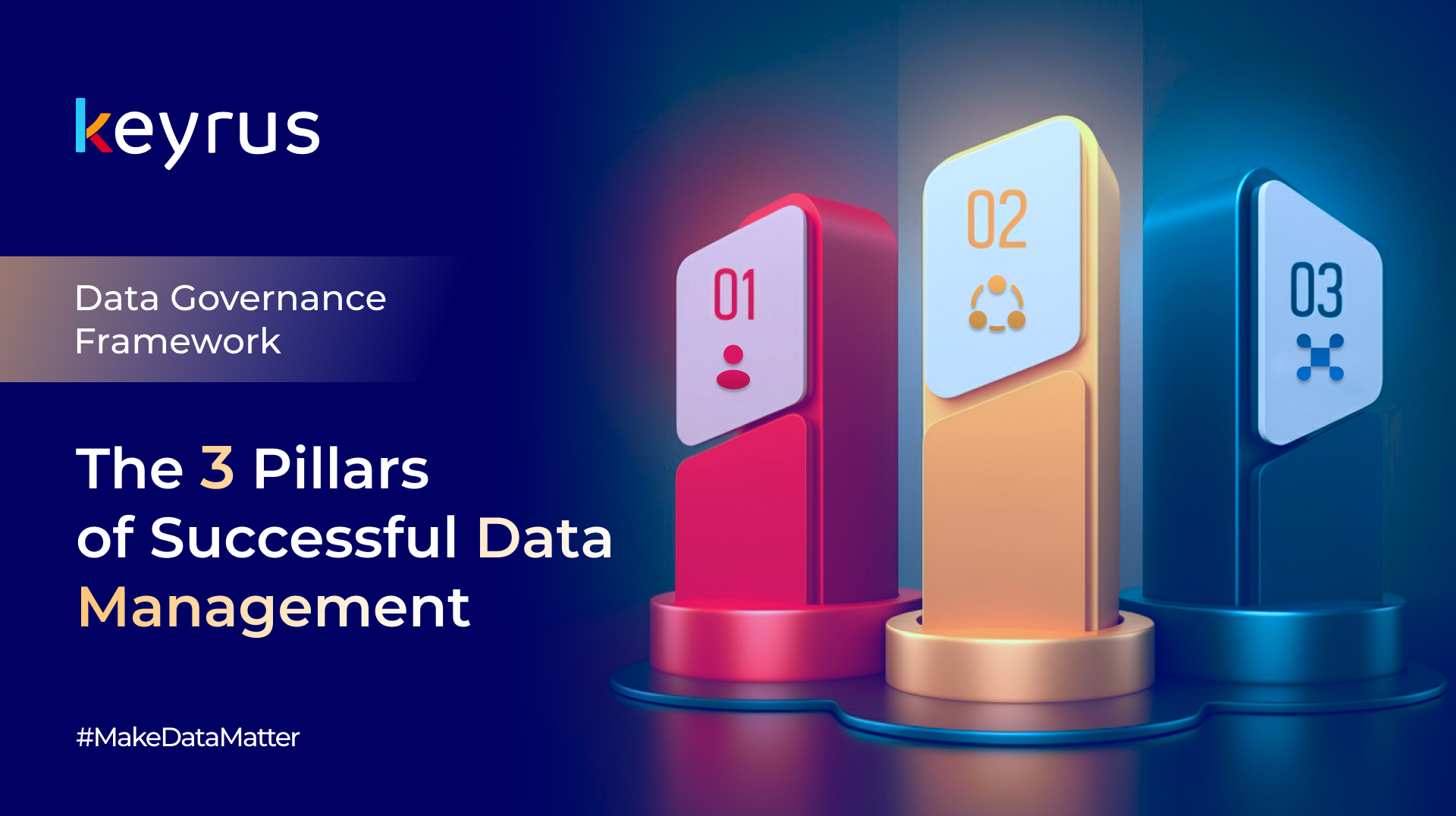In a data-driven world, ensuring the security, accessibility, and quality of your organization’s data is crucial. This is where a Data Governance Framework comes into play—a structured approach built on three key pillars: people, processes, and technology.
1. People: The Human Element Behind Governance
An effective Data Governance Framework begins with clearly defined roles:
Steering Committee: Comprising the Chief Data Officer (or IT leader) and executives, this group defines usage policies, data standards, and the program’s mission and success metrics.
Governance Team: Led by a governance manager, this team implements and maintains tools and systems.
Data Stewards: Responsible for enforcing rules and managing data for daily business needs.
2. Processes: Consistency Through Standardization
Formal processes ensure uniform application of governance policies. These processes, often visualized in flowcharts, clarify responsibilities and tasks for each use case, fostering consistent and compliant data practices.
3. Technology: Tools That Simplify and Secure
Modern tools streamline data governance by automating tasks like profiling, security management, and access control. Governed data catalogs, for instance, enhance traceability, integrity, and usability, empowering teams to maximize their data’s value.
Implementing a robust Data Governance Framework ensures your organization can leverage data securely and effectively. By uniting people, streamlined processes, and advanced tools, you pave the way for informed and strategic decision-making.
At Keyrus, we bring years of expertise in designing and implementing tailored data governance solutions. Our approach ensures that your organization not only meets industry standards but also unlocks the full potential of your data to drive innovation and growth.
